Sarabande reframes femininity for International Women's Day
At the London art foundation, three artists-in-residence slash taboos and rethink the significance of inhabiting a female body
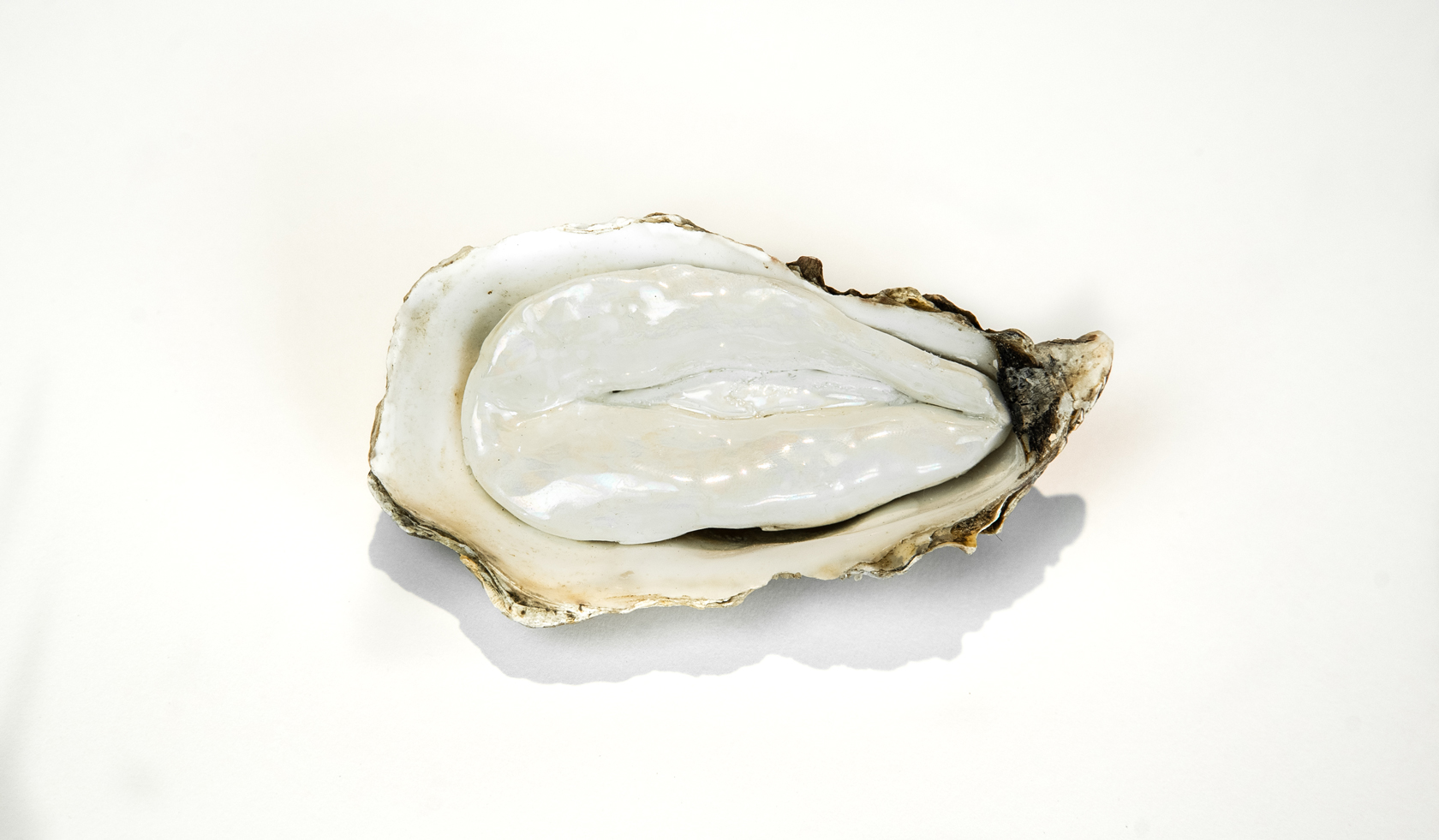
For Camilla Hanney, Shannon Bono and Paloma Tendero, a residency at the Sarabande Foundation has meant the opportunity to deepen their individual perspectives on womanhood and femininity. A sculptor, a multimedia painter and a performative image-maker, this particular constellation is formed at the Sarabande Foundation, Alexander McQueen’s legacy to the creative world. For International Women’s Day, they present their first exhibition together, ‘Live Flesh’.
One quickly gathers that the exhibition is carnal, definitively disruptive and a little voyeuristic. ‘Live Flesh’ sees the female form take centre stage: often nude, sometimes disembodied, other times crossbred with seemingly unrelated forms, like a broomstick or an oyster.
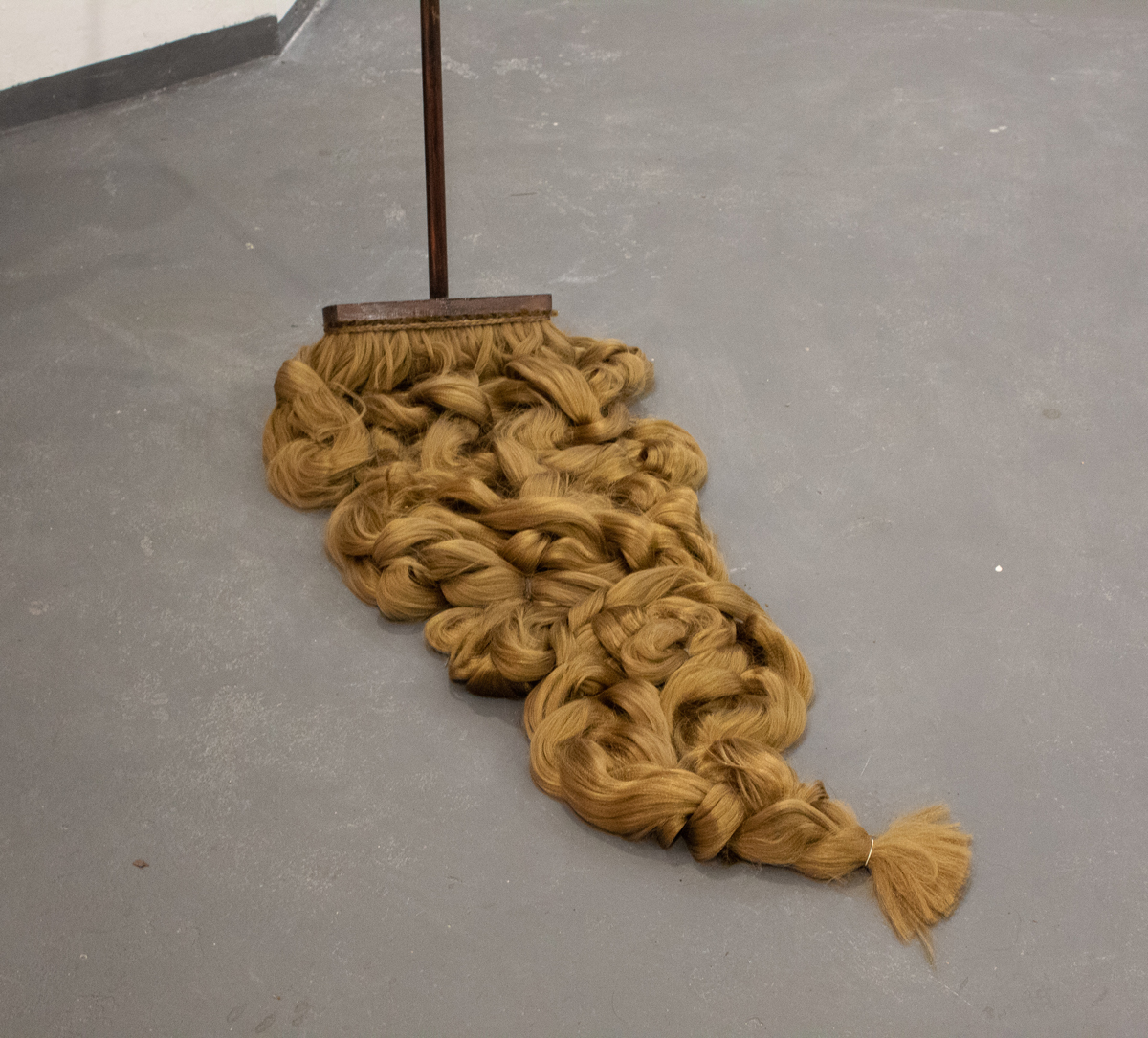
Camilla Hanney, Domestic Pleasure, 2019, Broomstick, hair.
All three women look to employ ‘violence, brutality, illness; narratives around the physical past and present’ explains exhibition curator, Charlotte Jansen. The artists bend and morph the female form in order to understand it, each dissecting and amalgamating in a way that calls to mind the work of a scientist or Mary Shelley.
Camilla Hanney’s sculptures give her the ‘freedom of form’ to subvert the constraint and demonisation of female sexuality, claiming back the power of female reproduction and desire. Hanney’s approach to femininity is willful and salacious. In discourse with her own Irish Catholic experience, her disturbing hybrid pieces are intended to ‘celebrate the more unruly aspects of the maternal body’. Her work is both humorous and hideous and blurs the boundaries between human and animal.
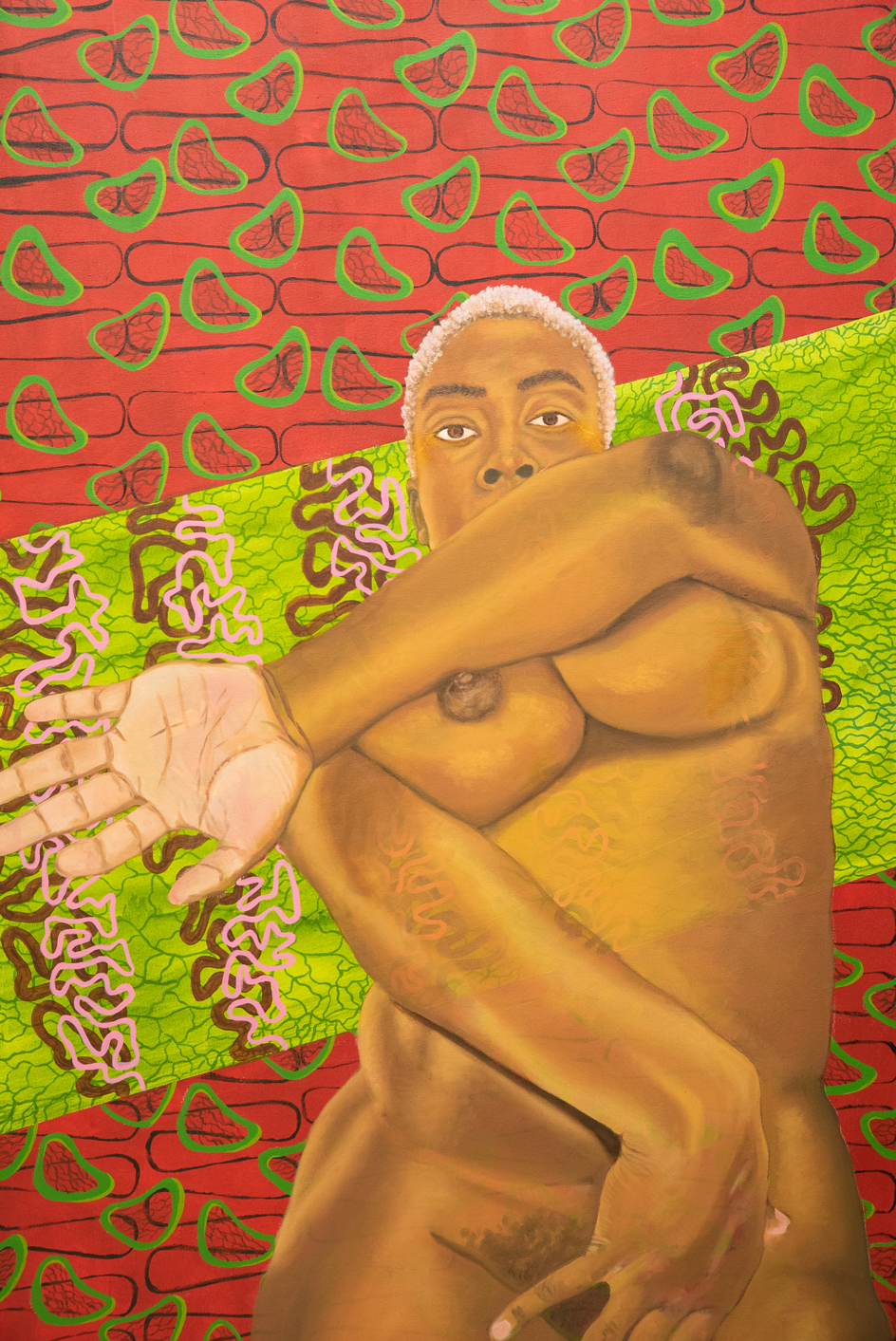
Shannon Bono, Wetin you de look?, 2019, oil and acrylic on canvas.
Shannon Bono’s paintings use the black female body as a ‘second canvas’ and are a reaction against the limiting cultural narratives that currently contextualise the black female experience. Her multilayered motifs and use of traditional African textile print can be read through the bodies of the figures in her work – faint but still traceable. Establishing her work in a tradition of ‘artivism’, she demonstrates how cultural history is inevitably codified on the body. Bono’s work reconstructs the gaze to include and reflect the viewer.
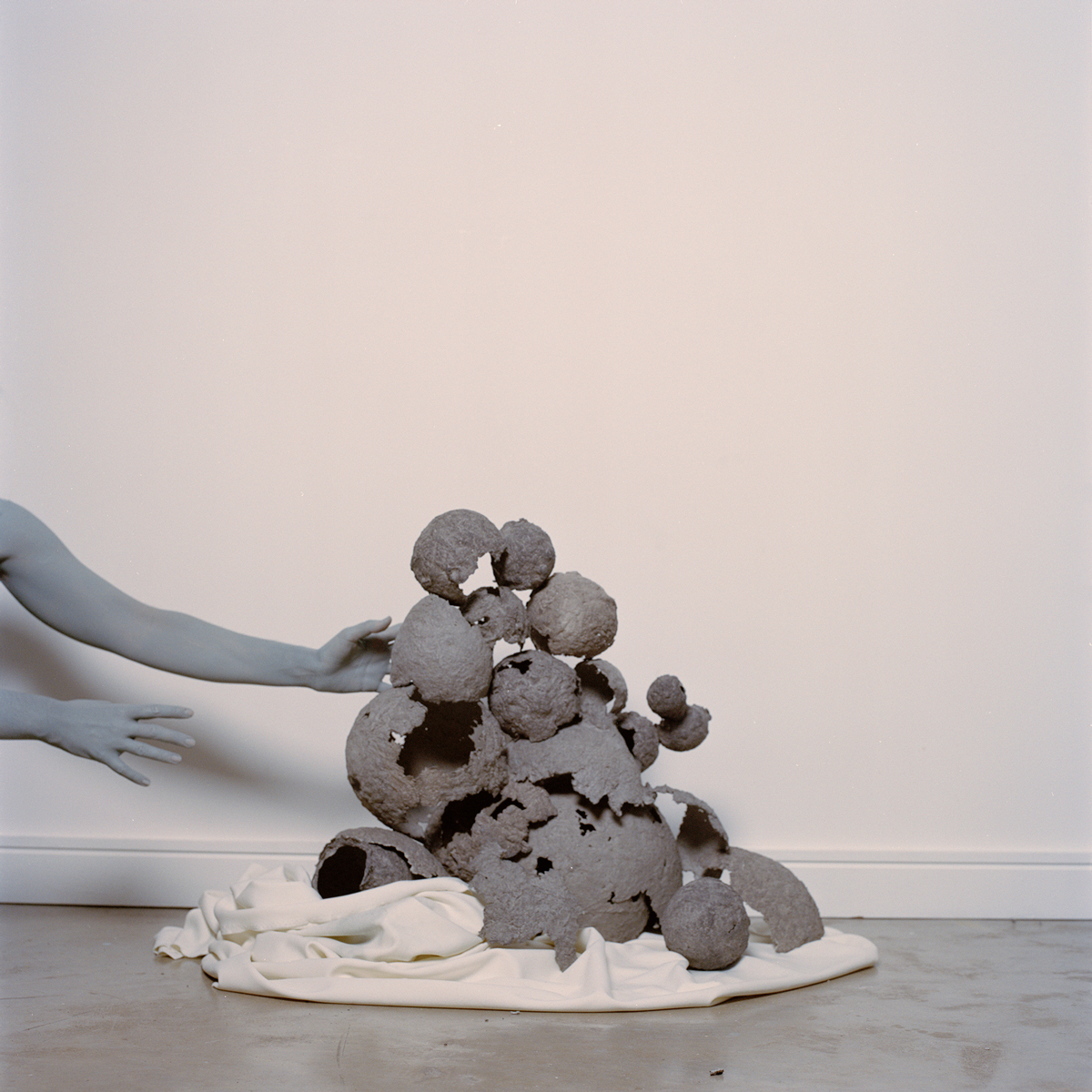
Paloma Tendero, On Mutability Series, 2020, C-Type Colour Photograph.
Paloma Tendero, whose work establishes appendages on her own body, explores the genetic materiality of womanhood. Her self-portraits are both performative and sculptural, using her body as a base to build upon. Tendero’s images seek to decrypt inherited mysteries and retrieve lost histories, creating a visual language for biological determinism versus self-will. ‘Clothed’ in papier-mâché eggs, the naked body in her work feels fragile and vulnerable.
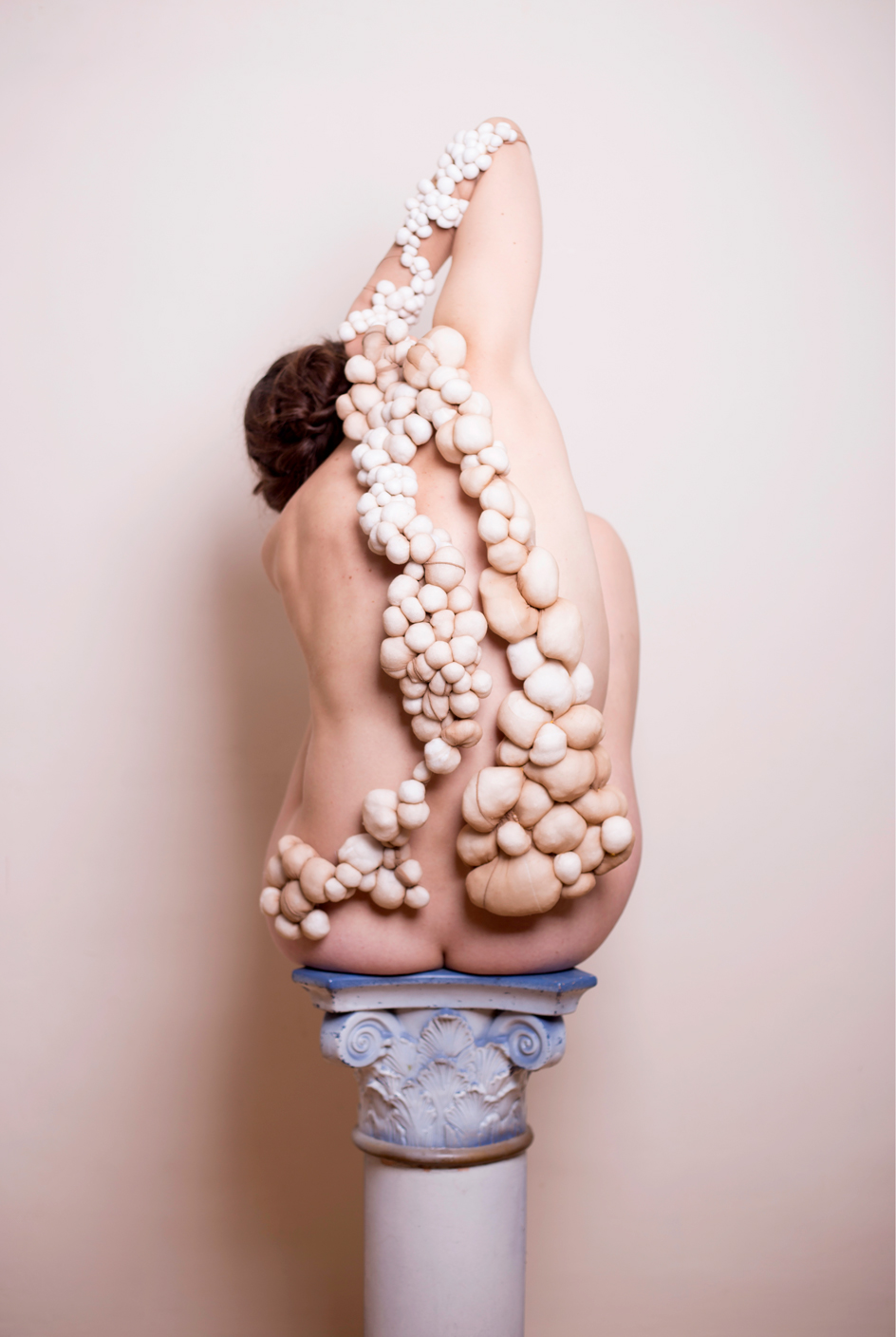
Paloma Tendero, Flawed Beauty Series, 2016, C-Type Photograph.
As she curates, Jansen is mindful that ‘Live Flesh’ isn’t an exploitative International Women’s Day venture of needless consumerism. She reflects instead on how to ‘challenge the status quo and push real-life change’. For the Sarabande Foundation, the event is another potent way to provide an open forum for creative minds to examine and confront contemporary issues.
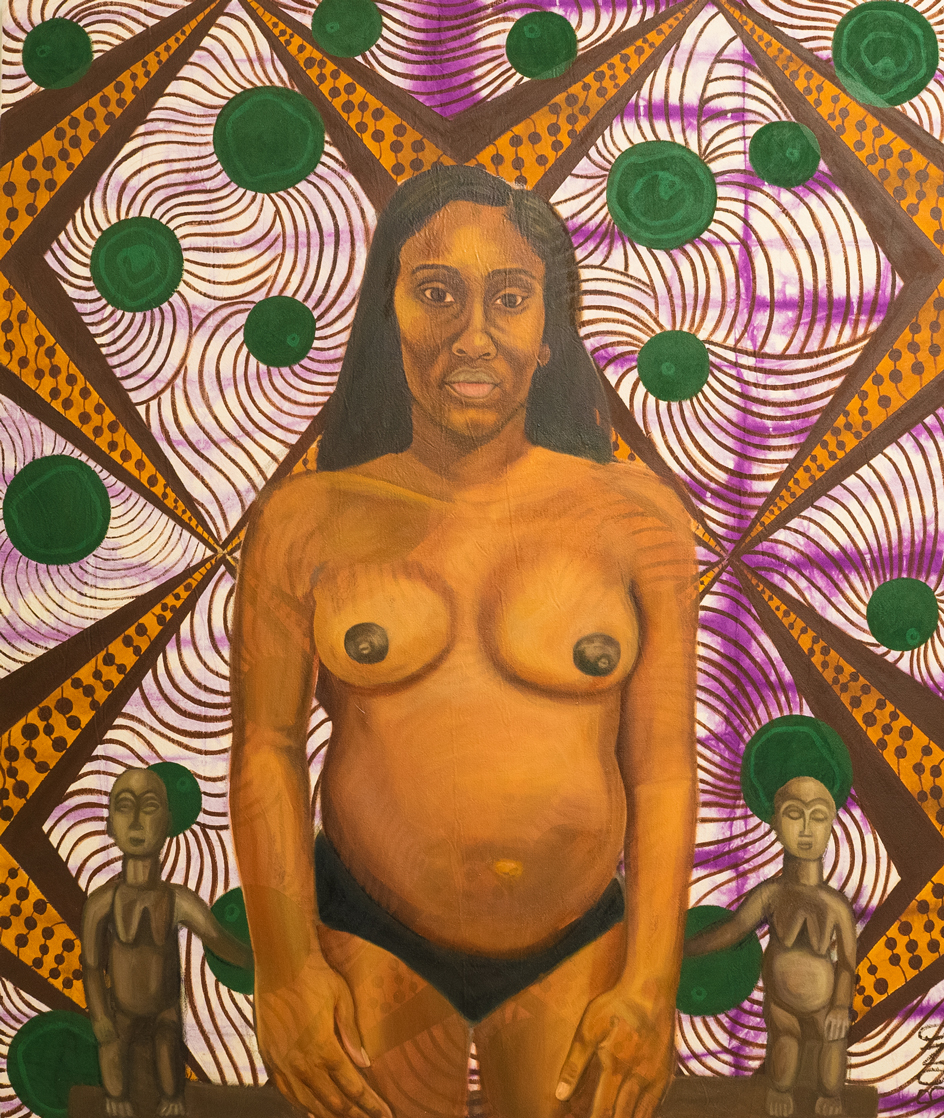
Shannon Bono, Untitled, 2020, oil and acrylic on dyed canvas.
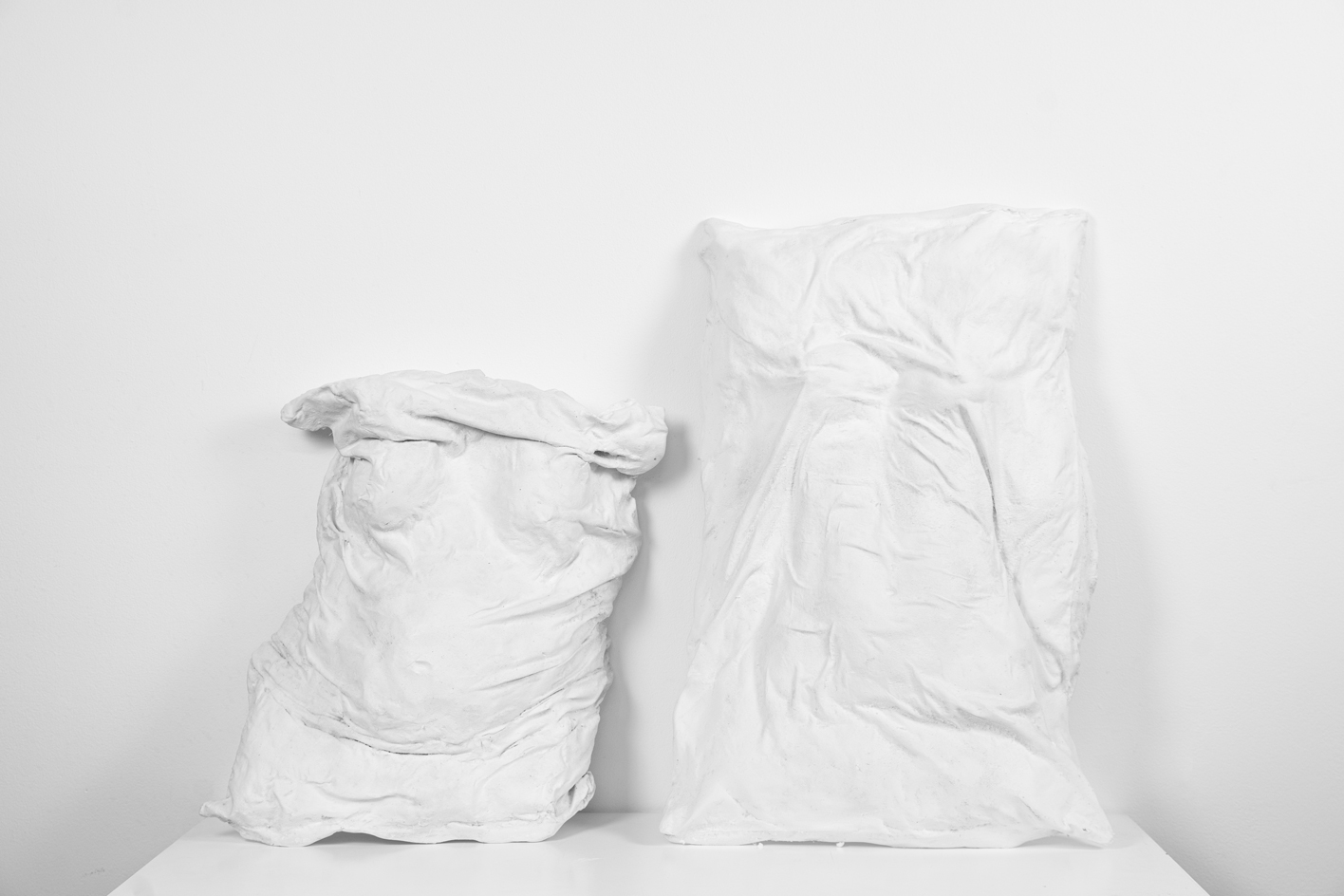
Pillow Talk i & ii, 2020, cast plaster, white flock. Photography courtesy of The Sarabande Foundation
INFORMATION
A panel talk for International Women’s Day will be held at the Sarabande Foundation on Sunday 8 March. For more information, visit sarabandefoundation.org
Receive our daily digest of inspiration, escapism and design stories from around the world direct to your inbox.
’Live Flesh’, 4 - 8 March, Sarabande Foundation.
ADDRESS
Sarabande Foundation
22 Hertford Road
London N1 5SH
-
 12 fashion figures reveal their style resolutions for the year ahead
12 fashion figures reveal their style resolutions for the year aheadAs 2025 comes to a close, we ask the Wallpaper* style community – from Willy Chavarria and Stefan Cooke to Craig Green and Torishéju Dumi – their New Year's resolutions
-
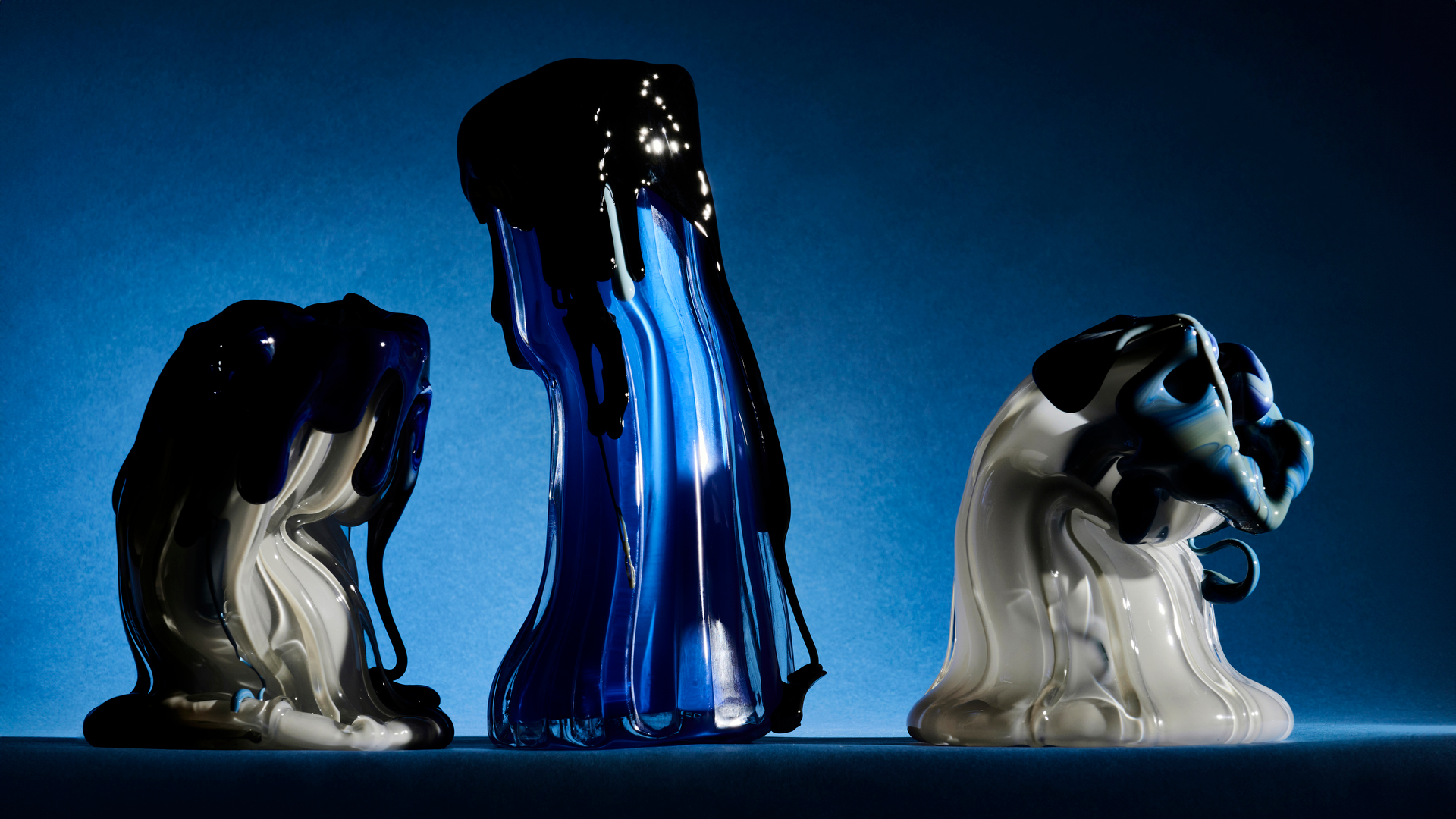 Glass designer Silje Lindrup finds inspiration in the material's unpredictability
Glass designer Silje Lindrup finds inspiration in the material's unpredictabilityWallpaper* Future Icons: Danish glassmaker Silje Lindrup lets the material be in charge, creating a body of work that exists between utility and experimentation
-
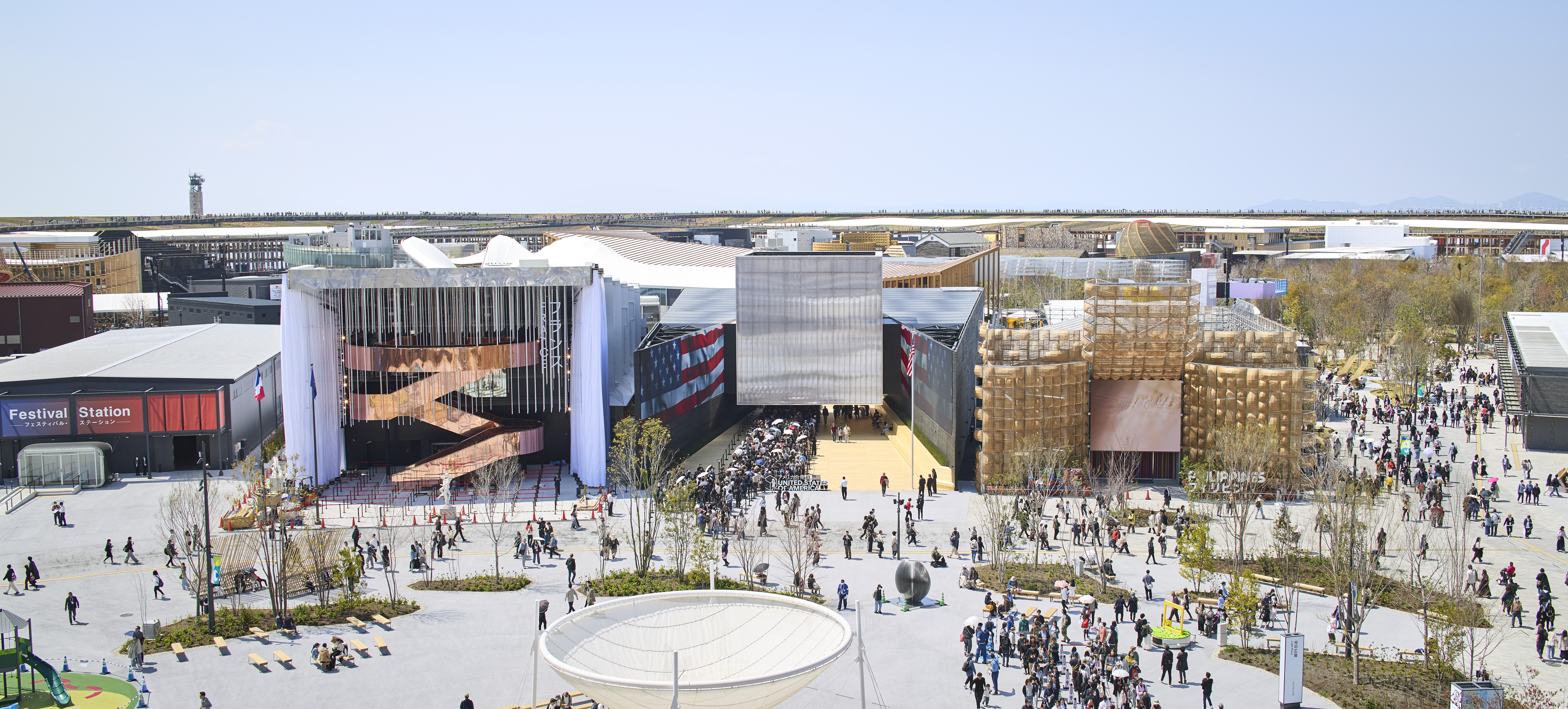 Top 10 architecture moments of 2025
Top 10 architecture moments of 2025Architecture & environment director Ellie Stathaki picks the top 10 architecture moments of 2025, to recount, remember and reassess
-
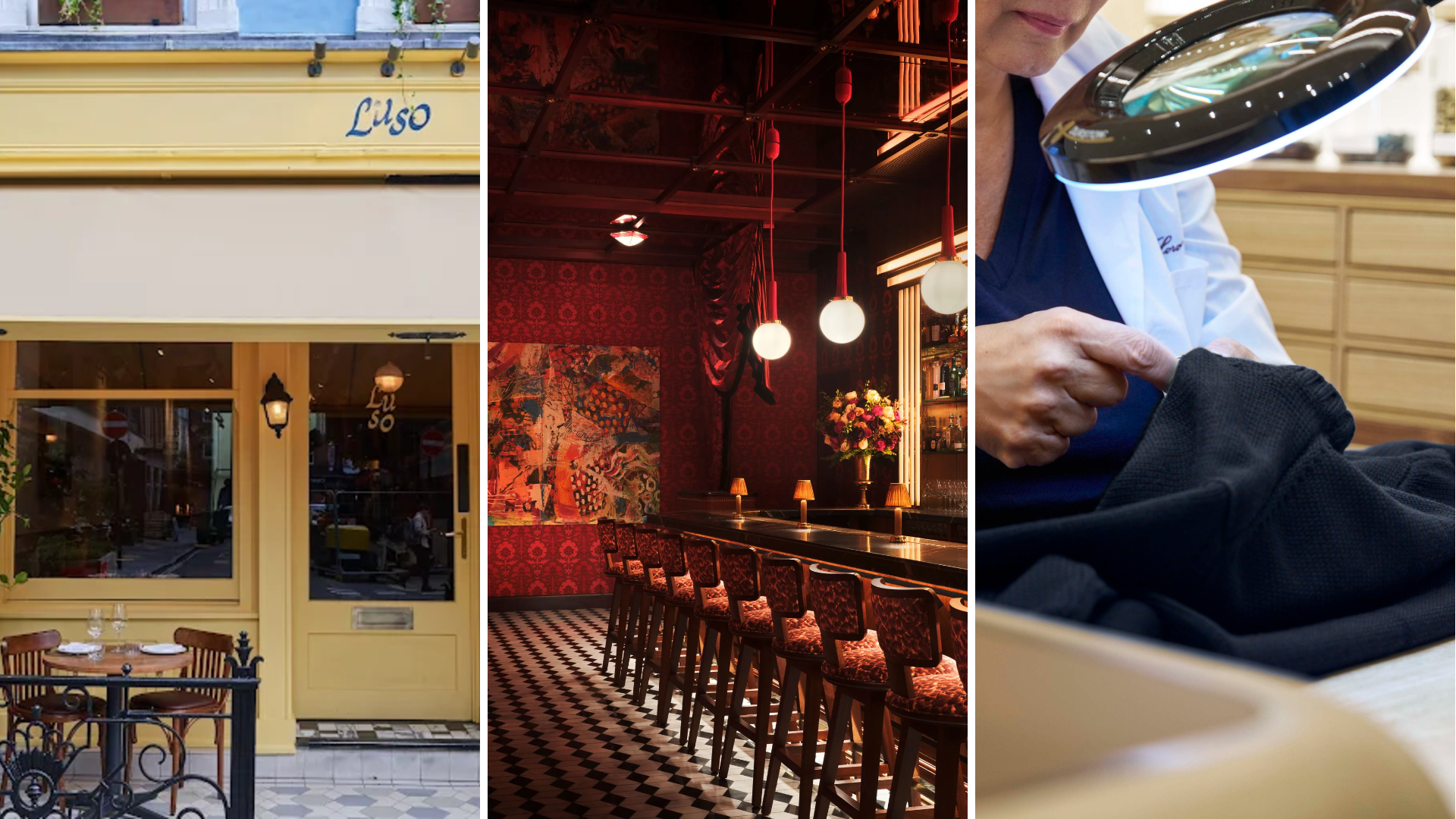 Out of office: The Wallpaper* editors’ picks of the week
Out of office: The Wallpaper* editors’ picks of the week'Tis the season for eating and drinking, and the Wallpaper* team embraced it wholeheartedly this week. Elsewhere: the best spot in Milan for clothing repairs and outdoor swimming in December
-
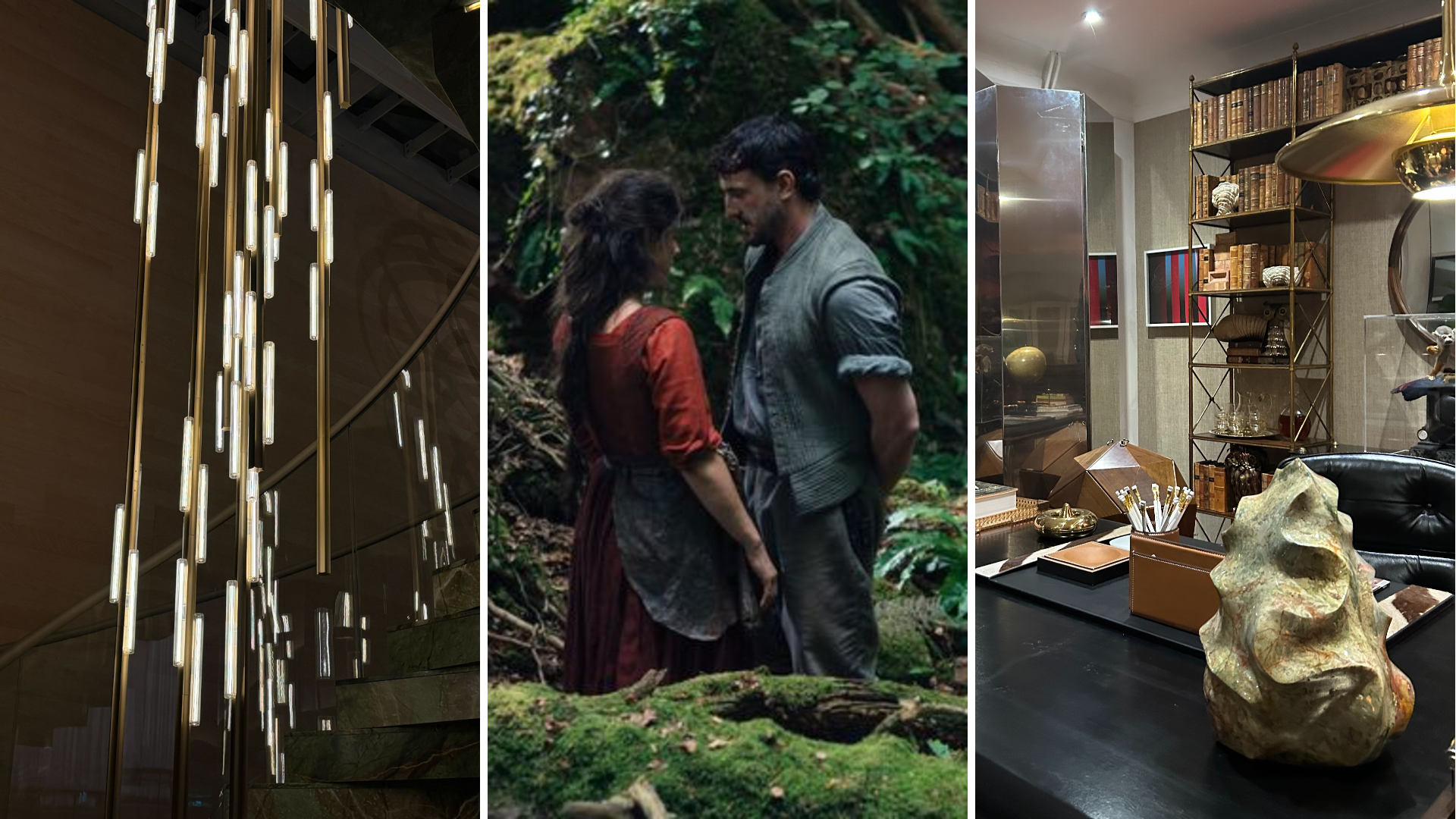 Out of office: The Wallpaper* editors’ picks of the week
Out of office: The Wallpaper* editors’ picks of the weekFar from slowing down for the festive season, the Wallpaper* team is in full swing, hopping from events to openings this week. Sometimes work can feel like play – and we also had time for some festive cocktails and cinematic releases
-
 The Barbican is undergoing a huge revamp. Here’s what we know
The Barbican is undergoing a huge revamp. Here’s what we knowThe Barbican Centre is set to close in June 2028 for a year as part of a huge restoration plan to future-proof the brutalist Grade II-listed site
-
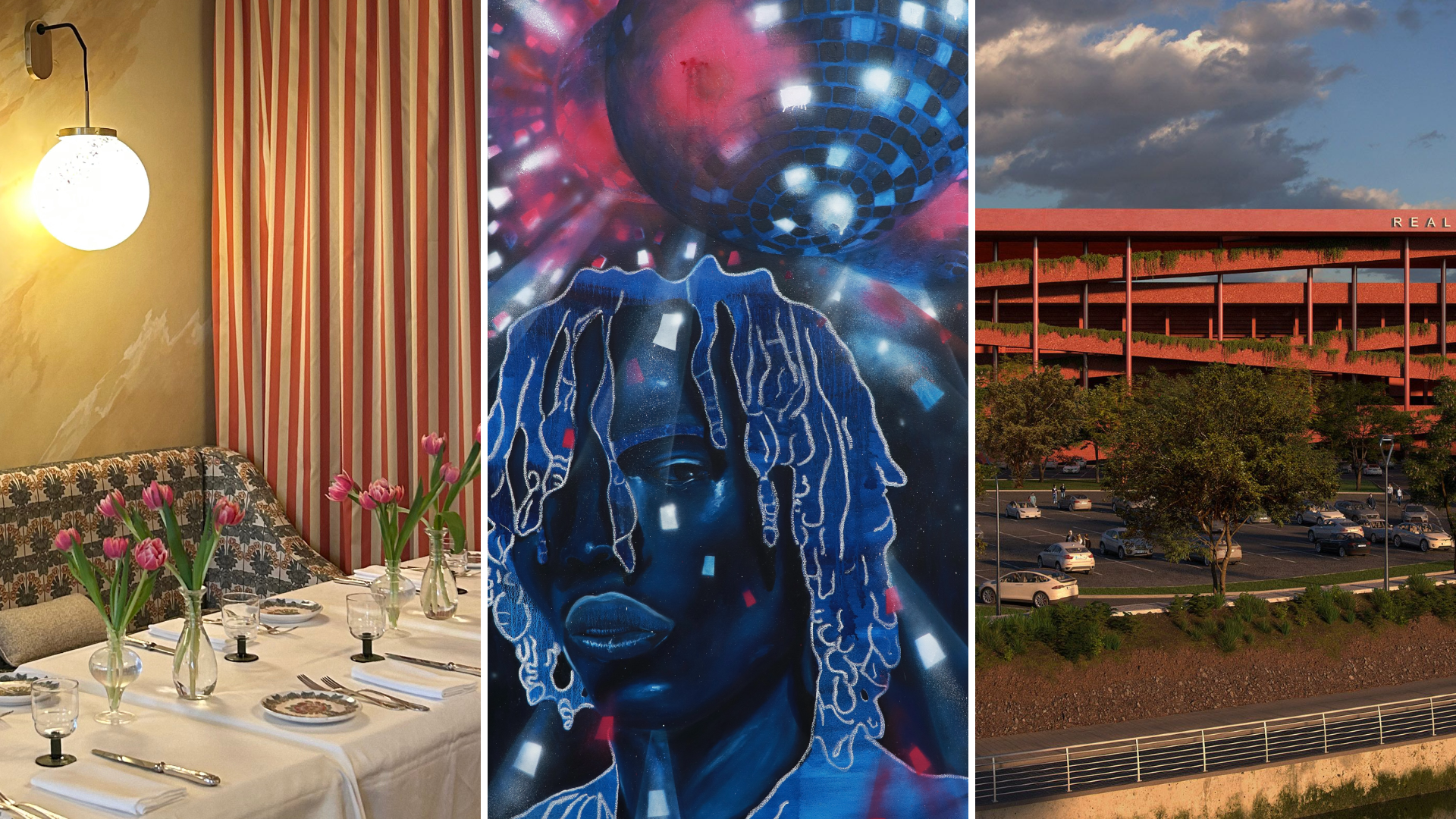 Out of office: The Wallpaper* editors’ picks of the week
Out of office: The Wallpaper* editors’ picks of the weekIt’s wet, windy and wintry and, this week, the Wallpaper* team craved moments of escape. We found it in memories of the Mediterranean, flavours of Mexico, and immersions in the worlds of music and art
-
 Each mundane object tells a story at Pace’s tribute to the everyday
Each mundane object tells a story at Pace’s tribute to the everydayIn a group exhibition, ‘Monument to the Unimportant’, artists give the seemingly insignificant – from discarded clothes to weeds in cracks – a longer look
-
 Out of office: The Wallpaper* editors’ picks of the week
Out of office: The Wallpaper* editors’ picks of the weekThis week, the Wallpaper* team had its finger on the pulse of architecture, interiors and fashion – while also scooping the latest on the Radiohead reunion and London’s buzziest pizza
-
 Out of office: The Wallpaper* editors’ picks of the week
Out of office: The Wallpaper* editors’ picks of the weekIt’s been a week of escapism: daydreams of Ghana sparked by lively local projects, glimpses of Tokyo on nostalgic film rolls, and a charming foray into the heart of Christmas as the festive season kicks off in earnest
-
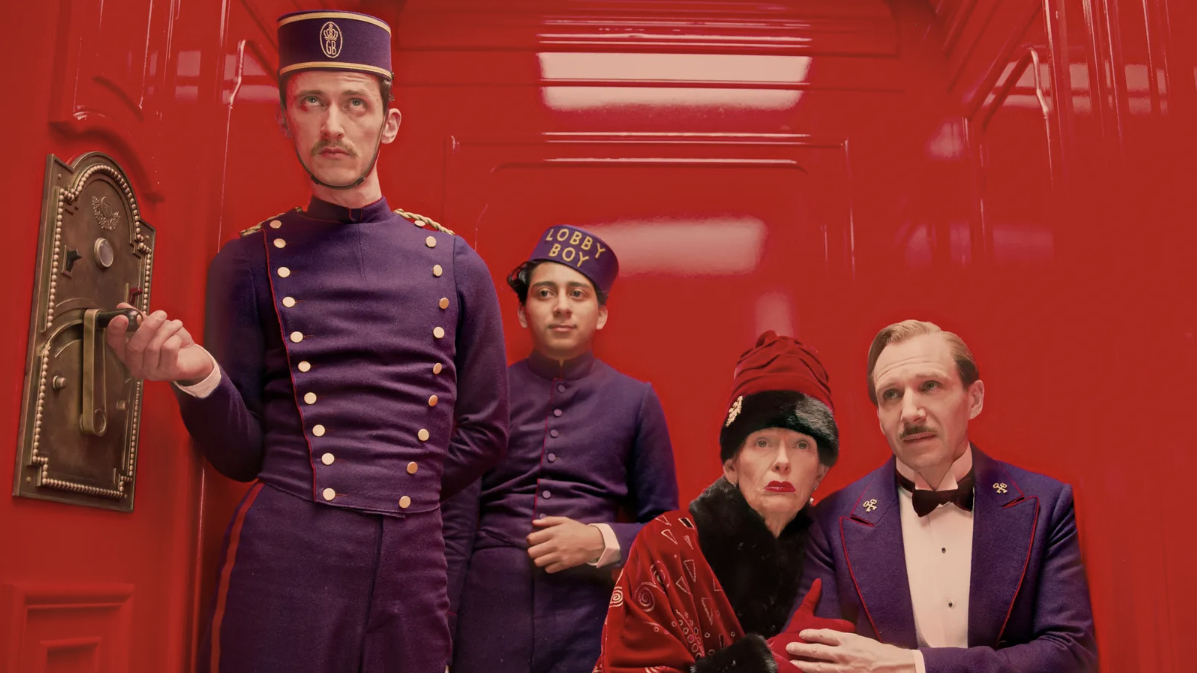 Wes Anderson at the Design Museum celebrates an obsessive attention to detail
Wes Anderson at the Design Museum celebrates an obsessive attention to detail‘Wes Anderson: The Archives’ pays tribute to the American film director’s career – expect props and puppets aplenty in this comprehensive London retrospective